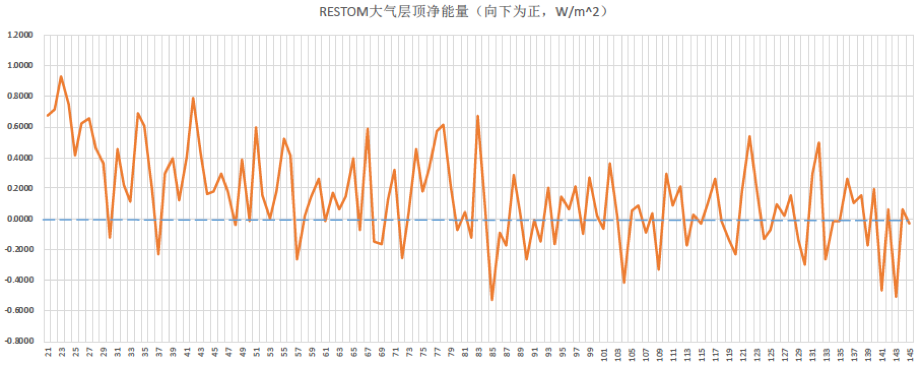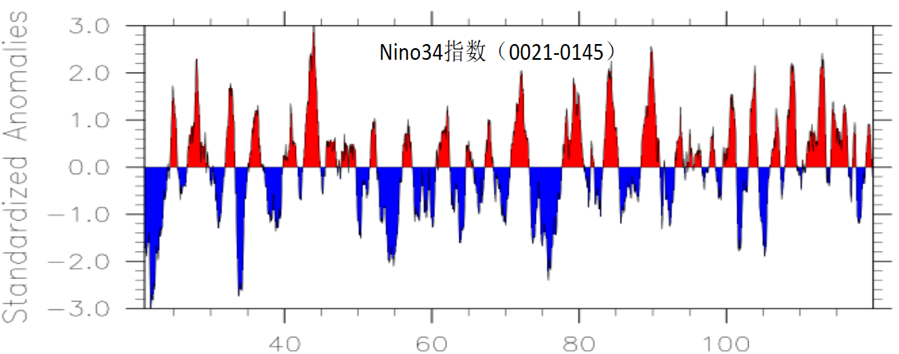Project 1: High-resolution CESM present and future climate simulations
Project Leaders

Ping Chang (TAMU)

Gokhan Danabasoglu (NCAR)
Project Objective
There is mounting evidence that climate variations impact the likelihood and intensity of extreme weather including tropical cyclones, heat waves floods and droughts. Many of these extreme events occur on regional scales of less than 100 km and such scales are not resolved by current generation of climate models. Yet, there is a high demand from policy makers and stakeholders for climate information on regional scales at high spatial resolution. However, addressing this need is computationally challenging. As of now, no single institution or center in the world has carried out large ensemble of simulations of present and future climate at ocean-mesoscale-eddy-resolving and TC-permitting resolutions.
The objective of this research project is to test a working hypothesis that mesoscale-eddy-resolving in the ocean and tropical-cyclone-permitting in the atmosphere will lead to more realistic simulations of weather and climate extremes, which will significantly improve simulations of the water cycle in the Earth System and its response to climate variability/change.
Research Plan
To test this hypothesis, we plan to conduct two sets of high-resolution CESM present and future climate simulations, the first of which is a short time-span experiment in line with the HighResMIP design (hereafter referred to as CESM-HR-MIP), and the second is a more complete and long time-span experiment in line with the existing low-resolution CESM large ensemble (CESM-LE, Key et al. 2015) experiment design (hereafter referred to as CESM-HE), which has been very successful.
CESM-HR-MIP
A pair of simulations will be conducted following the HighRes MIP Protocol (https://www.wcrp-climate.org/modelling-wgcm-mip-catalogue/cmip6-endorsed-mips-article/1068-modelling-cmip6-highresmip): 1) perpetual 1950-climate simulation for 130 years and 2) perpetual 1950 spinup (30 years) followed by continuously-varying climate forcing from 1950-2050. The dataset will be submitted to HighRes MIP for comparison with other models participating in HighRes MIP.
CESM-HE
The experiment starts with a 500-year, pre-industrial control simulation with perpetual climate forcing of 1850, followed by a 70-year transient climate simulation with observed climate forcing from 1850 to 1920, and then finishes with an ensemble of 5-10 present and future climate simulations with observed and projected climate forcing from 1920 to 2050.
Project Time Table
Year 1
- Complete CESM-HR-MIP and submit the simulations to HighRes MIP.
- Publish the results based on CESM-HR-MIP.
- Complete the first 200 years of high resolution pre-industrial CESM run.
Year 2-3
- Complete the entire 500 years of high resolution pre-industrial CESM run.
- Complete the transient climate simulation from 1850 to 1920.
- Complete an ensemble of 3 climate simulations from 1920 to 2050.
Year 4-5
- Complete all ensemble runs from 1920 to 2050.
- Analyze the entire high resolution CESM runs.
- Publish all the high resolution CESM simulation results in a special volume.
Figure 1. Design of high-resolution CESM simulations. Upper panel shows the CESM-HR-MIP experiment and lower panel shows the CESM-HE experiment.
Progress and Current Status
After considerable tuning and testing, the code of HR-CESM has been finalized and the high-resolution (HR) pre-industrial control simulation (picntrl) has started. A 145-year simulation has been completed on the TiahuLight HPC system and the preliminary results show an impressively balanced coupled model with near-zero top-of-model (TOM) energy flux (Fig. 2). The model also shows realistic simulation of modes of climate variability. For example, the simulated Nino 3.4 index is more realistic compared to the low-resolution CESM (Fig. 3).

Figure 2. TOM imbalance after continuation of picntrl on the TaihuLight machine from simulation year 21-145.

Figure 3. Nino 3.4 index from year 21 to year 145 on the TaihuLight HPC system.
Research & Projects
ResearchModeling ToolsProject 1: High-resolution CESM present and future climate simulationsProject 2: High-resolution ensemble CESM decadal climate predictionProject 3: High-resolution ocean model improvement and development Project 4: Development of R-CESM and online nesting capability for CESMProject 5: Development of online coupled data assimilation capability for R-CESM and CESM

